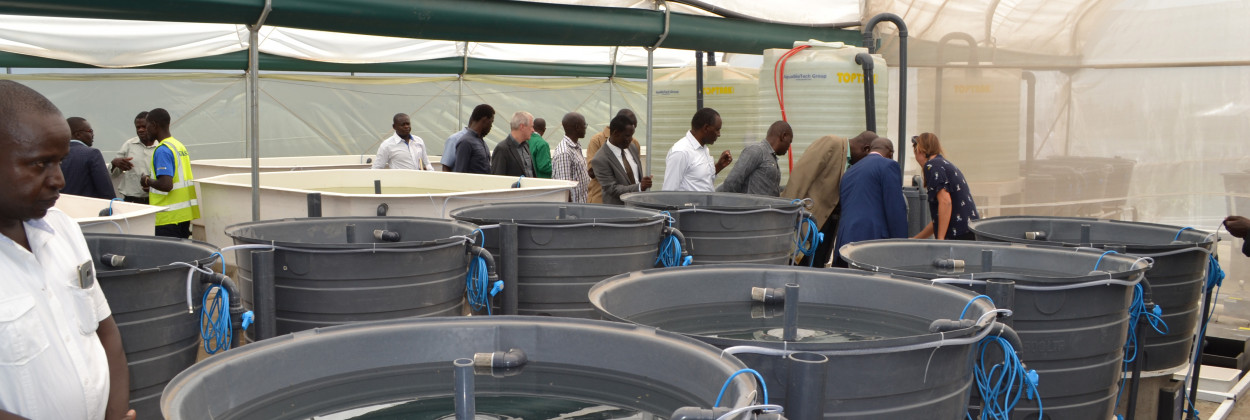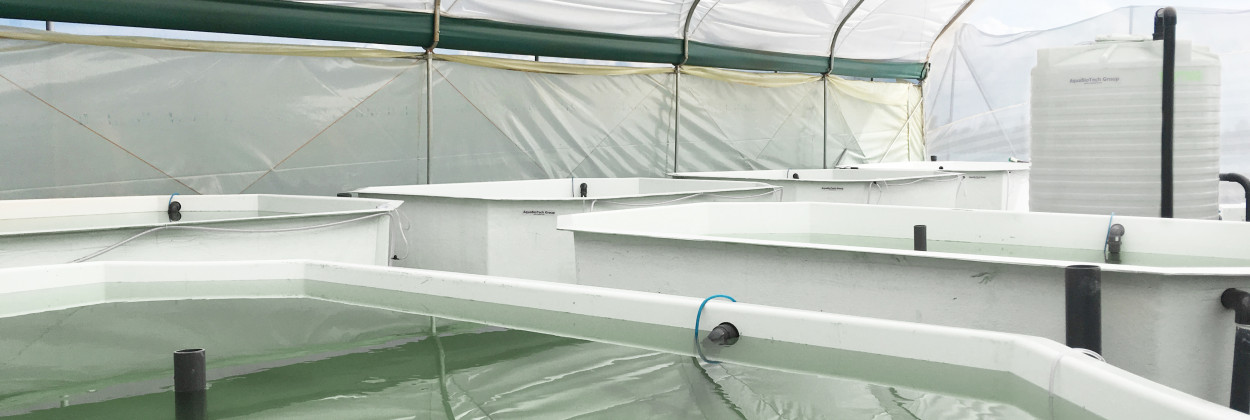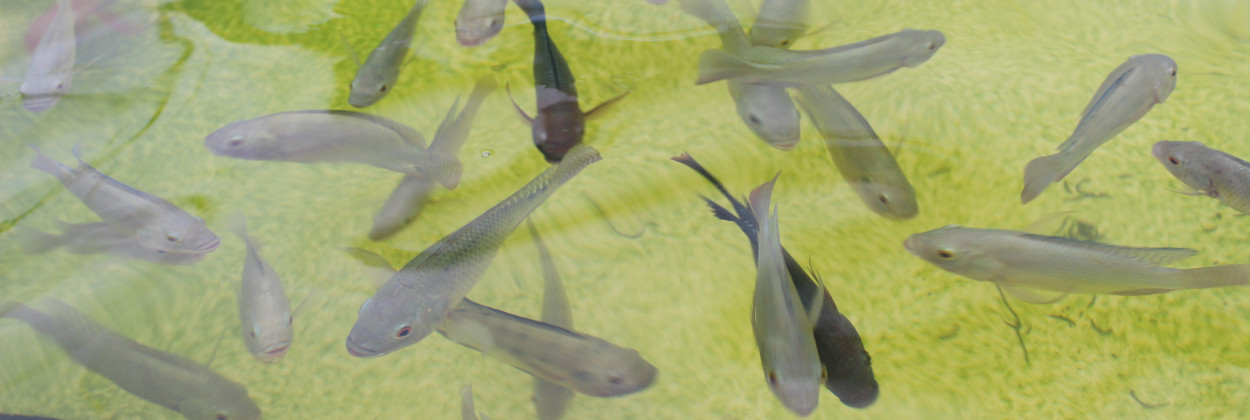Kisumu County is situated in the west of Kenya, near the borders with Uganda. In 2019, it registered a population of 1,155,574 people.
In Kenya, maize is the commonest staple food, followed by wheat and beans.
About 32.8% of children in Kenya achieve Minimum Dietary Diversity (MDD). Among the adolescent, females consume a more diversified diet compared to their male counterparts.
Among children under the age of five years, the national prevalence of stunting, wasting and underweight stands at 26%, 4% and 11% respectively. In Kitui County the prevalence rates of stunting and wasting decreased while the rate of underweight went up. In Nyeri, the prevalence rate of all indicators decreased. Among adolescents, the prevalence of underweight in boys is higher than that of girls.
There is a notable upward trend in the rates of overweight and obesity in both boys and girls though girls are more affected than boys.
Iron, zinc, iodine, Vitamin A and calcium are the micronutrient deficiencies which pose a public health concern in Kenya.
The crops with the most important agricultural production in Kenya are maize (92.1% of farmers produce it), bean (60.8% of farmers), coffee (32%), pigeon pea (26.3%) and banana (21.1%).
Highlights about the work carried out in this Food Hub
Technological innovations in this Food Hub
Integrated aquaculture systems. The objectives are to improve RAS (recirculating aquaculture systems) technologies for peri-urban and urban areas, to reach a cost-effective RAS system for small-scale fish farmers; to develop and promote good quality diets formulated from local and cost-efficient ingredients for use in grow-out and hatchery production of tilapia and catfish, and to further develop the use of green-water RAS in tilapia fingerling culture. The benefits of the addition of algae to RAS water for tilapia fingerlings and broodstock will be investigated in comparison to rearing them in clean water. Feeds with different inclusion rates of new ingredients will be tested in fingerlings to determine impacts on growth and survival. An alternative filtering system to the one that is used currently will also be tested.
With the aim of developing an integrated aquaculture system, investigations regarding the possibilities of nutrient reuse in agriculture will be conducted by chemical analysis of the wastewater, effluent water, and sludge from RAS. Whether treated wastewater can lead to the bioaccumulation of heavy metals in fish grown will be analysed, as well as the bioaccumulation of metals in vegetables and plants grown with the wastewater from the RAS system.
Highlights about the research with farmers
FoodLAND surveyed a total amount of 403 farmers in this region with the aim of improving the background knowledge of African smallholder farmers’ decision-making and of individual and contextual conditions. 111 out of these 403 farmers surveyed were women; all the rest were men. 59.1% of farmers are members of any local farmers’ associations.
According to the information gathered from the surveys, 68% of farmers’ income is lower than the average income in the region, the income of 27.5% of farmers is about the average or somewhat higher, and only 4.2% of farmers stated an income higher than average. Additionally, 51% of them are able to meet their household’s food needs, 43.2% experience some difficulties, and 5.7% face serious food shortages.
Besides, they have reported major worries regarding the near future about the cost price increase of fertilizer or seed (4.05 on a scale from 1 to 5), food shortage starvation (3.74), flood and drought (3.46 and 3.41 respectively), and health disease (3.09).
With regard to their interest and propensity to introduce new technologies and/or productions, 96.6% of farmers are extremely or moderately interested in adopting a technological innovation (4.80 on a scale from 1 to 5).
Highlights about the research with consumers
With the aim of enlarging background knowledge of African consumers’ food preferences and behaviours and of their socioeconomic drivers and measuring the current level of dietary diversity, FoodLAND has assessed food consumption at both individual and household levels that provide a good measure of diet quality and diversity. FoodLAND has conducted surveys both in households and out of stores in Kisumu, which is paired with this Food Hub. 493 people participated in the survey. Below you can find some highlights extracted from these surveys, regarding consumers’ preferences, habits, incentives, and barriers when it comes to choosing food products for their households.
Urban consumers consider on average their household diet as moderately healthy (around 3.7 on a scale of 5). When asked about their propensity to include in their diets a new food product with augmented nutrient content (e.g., naturally improved bean with high levels of proteins and minerals) that could complement their current household diet, consumers report a remarkably high level of interest (4.9 on a scale to 5). When looking at the reasons behind the inclusion of new nutrient-dense food, Kenyan consumers rate the highest affordability, the possibility of enhancing the healthiness of their household diet, and their trust in doctor’s recommendations. The most rated obstacles are price, potential unfamiliar taste, and feeling of lower food safety.
As for the reasons behind usual food purchasing behaviours, respondents in Kenya rate the most on average food affordability (price) and availability. The food categories mostly lacking in the consumer’s household diet are on average vegetables. Consumers were also asked about their interest in buying new local food products. They showed a high disposition to buy these local products (around 4.1 on a scale of 5). Among the reasons that make them choose the new local products, the three consumers rated the most were that it could be easily found where they usually buy food, it would be environmentally friendly, and it could help local farmers.







